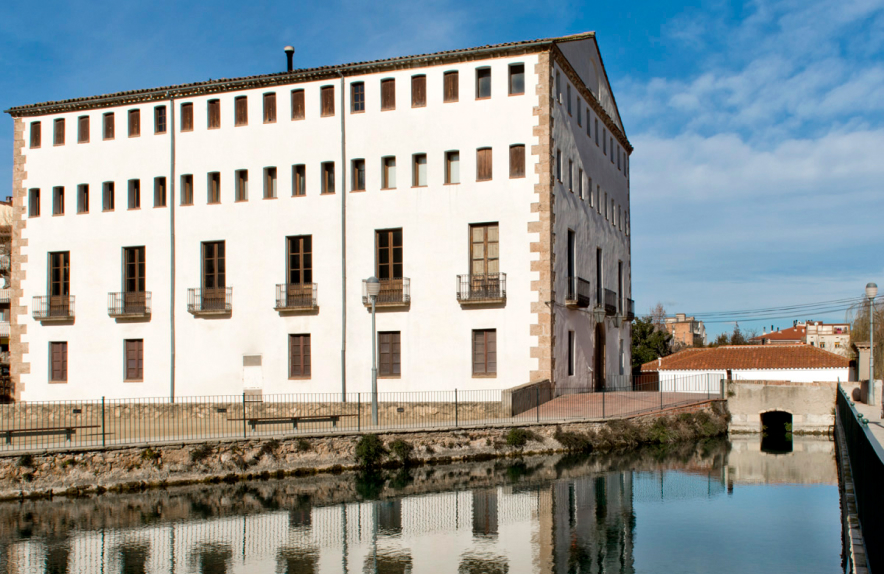The Capellades Paper Mill Museum is located in the town of Capellades (60 km from Barcelona, Spain) in an old paper mill that is typical of such buildings in the 18th century, called the "Molí de la Vila" or town mill. The building has a total area of 2,200 m², spread over four floors and a basement.
Next to the Mill is "La bassa", a natural source of water from which around 12 million litres would flow on a daily basis, used to drive the 16 paper mills known as the "Molins de la Costa" or mills of the coast. Thanks to this abundance of water and its geographical location (close to large towns with good communications between them), Capellades and the surrounding towns of La Pobla de Claramunt, Carme and Sant Pere de Riudebitlles became one of the most important centres for paper production in Spain during the 18th and 19th centuries.
The paper from this area, especially its deckled and cigarette paper, was sold to a large part of the Spanish market and the American colonies. As from the late 18th century the surnames of well-known papermakers start to appear, such as Soteras, Romeu and Guarro, and particularly the Serra and Romaní families, whose brands of paper became internationally renowned.
The Museum has a room with a permanent exhibition focusing on paper and printing systems, as well as explaining how paper has long been associated with a parallel history.
